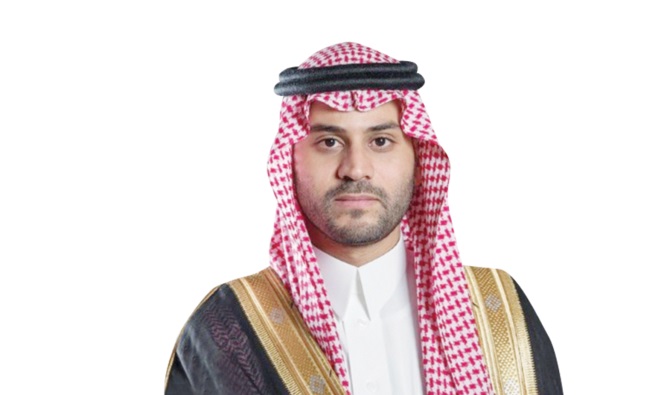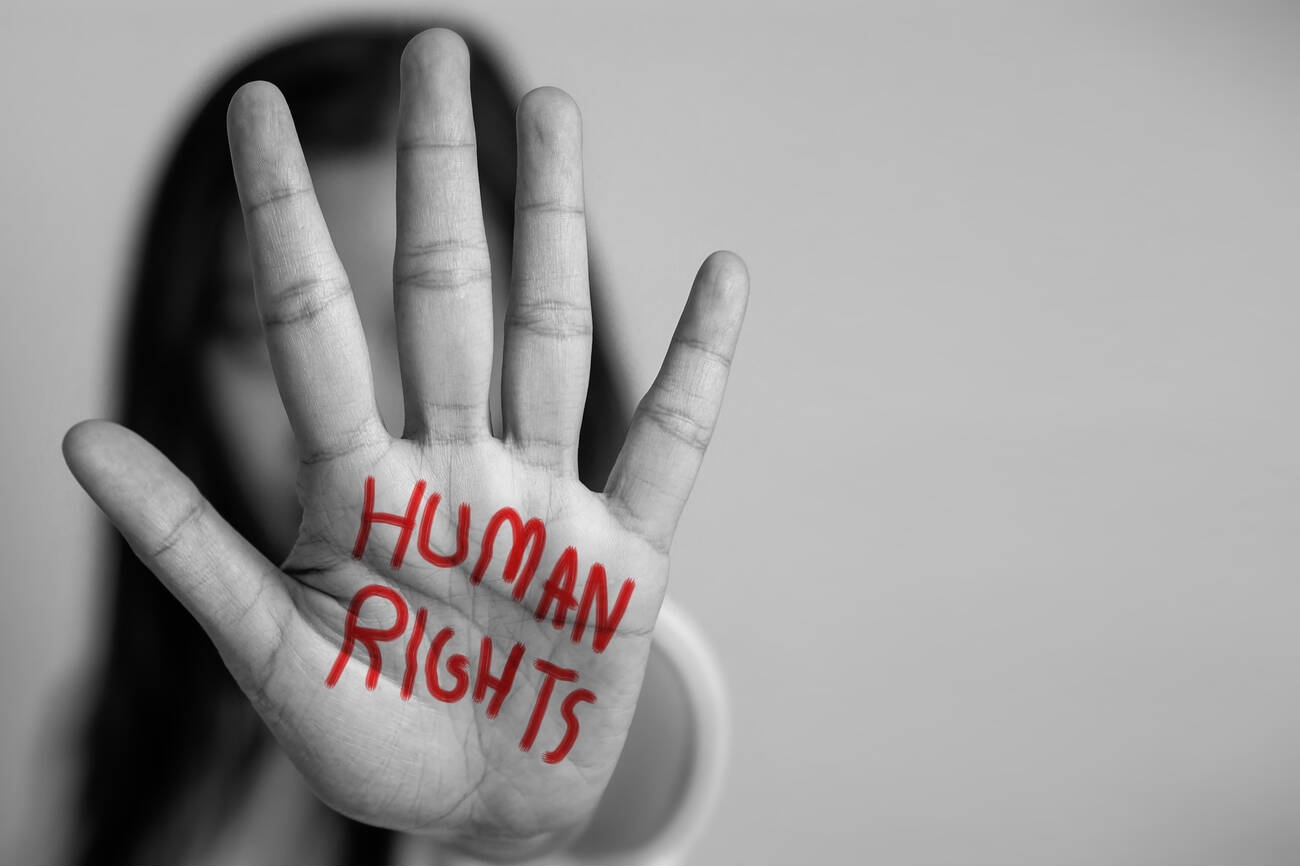Canada has made the headlines for all the wrong reasons over the past few weeks. The discovery of more than 1,000 Indigenous children’s bodies in unmarked graves at the site of former Indian Residential Schools shocked Canada’s national conscience and similarly caused uproar around the world. It was Canada after all, one of those countries that have “figured it out” when it comes to human rights. But is that right?
Today, Canadian authorities face a simple question: whether or not should they take action to make sure the indigenous communities will never have to go through so much pain again.
It’s really that simple. When widespread human rights abuses occur, or in this case are literally unearthed, the first thing that springs to mind is that the government must take all necessary action to ensure such tragedies will never happen again.
This gives the Canadian Human Rights Tribunal a unique opportunity to contain the damage and actually take a step towards restoring faith in Canada’s commitment to protect the rights of the indigenous people through the way it handles a complaint by the Assembly of First Nations and the First Nations Child and Family Caring Society. The tribunal’s decision will put forth a roadmap for Canada to deal with the discrimination the First Nation children are still being subjected to.
This all hinges on whether the Canadian government will decide to finally end its discriminatory policies and stop pushing back against the decision made by the Human Rights Tribunal.
In 2016, the human rights tribunal found that Canada was racially discriminating against 165,000 First Nations children by providing them with services that were unfair compared to other children.
Today, there are 19 other non-compliance orders by the tribunal and the Truth and Reconciliation Commission (#TRC)’s Calls to Action in child welfare services cases.
It should be noted that Canada’s discrimination incentivizes the removal of First Nations children from their families, homes and communities rather than providing support for preventive, early intervention and minimally intrusive measures.
There are more Indigenous children in state care today than any time during the residential school era.
Marie Wilson, a TRC commissioners, warns that the harms experienced by indigenous children today when removed from their families, homes and communities are comparable to the experiences of those who attended residential schools.
Canada’s discrimination against First Nations children continues to have fatal consequences.
In 2017, #Wapekeka First Nation asked to Health Canada to fund its mental health programs aimed at helping a suicide pact amongst children in the community. Health Canada rejected the request saying that it “came at an awkward time in the funding cycle.”
That year, three 12-year-old girls from the community died by suicide. And according to the family physician for Wapekeka First Nation, these deaths could have been prevented had the girls received the mental health services they needed.
The non-compliance orders issued by the tribunal detail the precise measures the government must take to reduce the harmful impacts of discrimination against First Nations children and their families.
However, Canada has contested most of these orders, having spent millions of taxpayer dollars fighting First Nations children, some of whom the children and grandchildren of residential school survivors
The Canadian government, if it ever seeks to protect the rights of indigenous children after violating them for years, should start by accepting and fully implementing the decision by the tribunal. Otherwise, Canada will still stand accused of implementing a well planned program to slowly reduce and ultimately omit its indigenous population.


















